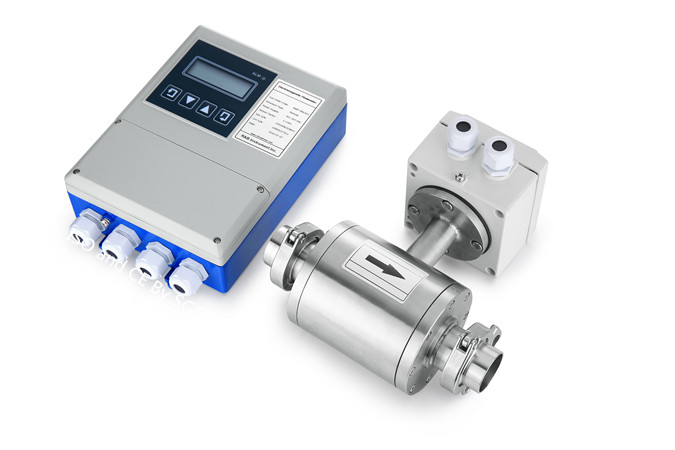
What’s the right flow measurement method for your operation? A leading independent lab breaks down the options and considerations.
What is your flow rate? Seems like a simple question; however, the answer may be quite complex. A lot of variables contribute to whether or not measuring flow is easy or nearly impossible. Variables consist of, but are not limited to, flow conveyance material and size, fluid type, fluid “cleanliness,” acceptable level of uncertainty, and expected range of flow rates and velocities.
Assessing these variables is critical before selecting and installing a measurement technology. To assist with initial selection and evaluation, the following information provides the reader with an overall list, and preliminary evaluation, of flow measurement technologies.
Flow Measurement Technologies
The following is a comprehensive list of available technologies that can be used to monitor flows, regardless of system operation or components, along with brief descriptions of each technology group. This list provides the basis of a technology evaluation, with technologies organized into five different groups by their modes of operation: velocity meters, differential pressure technologies, other closed-conduit devices, open-channel control structures, and generated system curves.